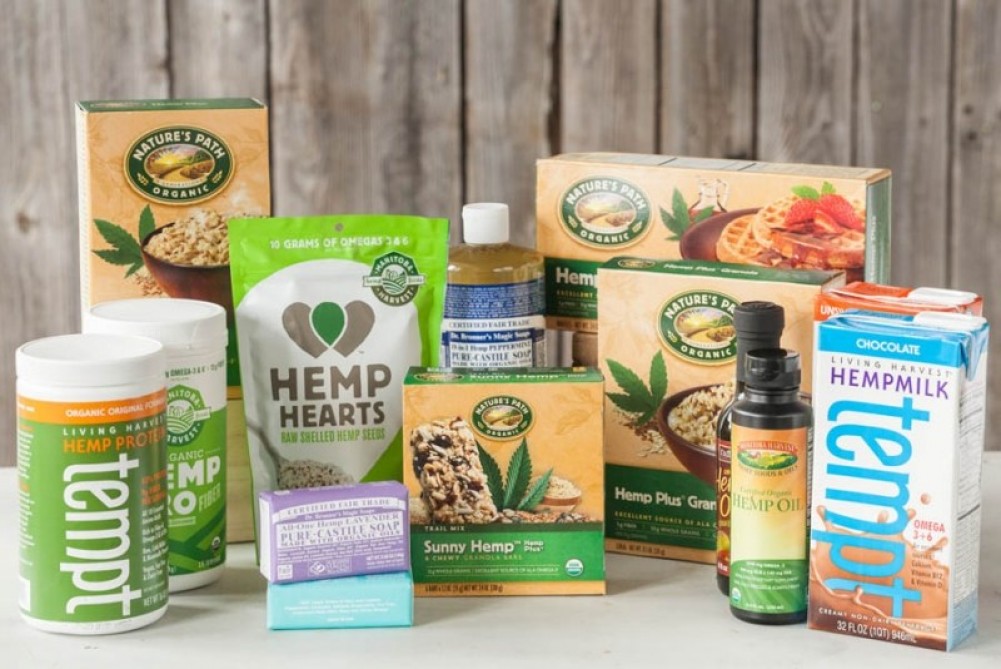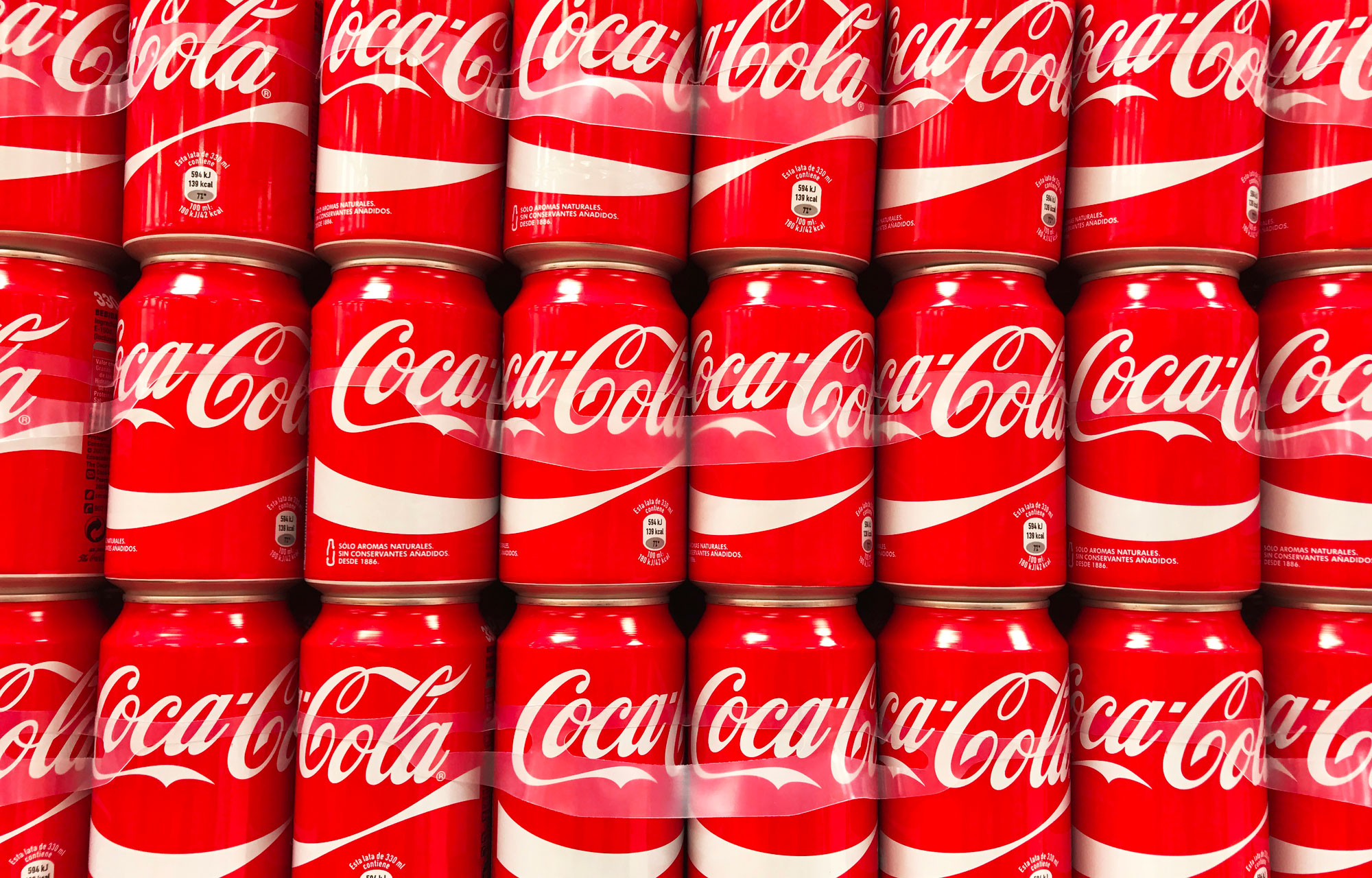Coconut Oil in Coffee: Is It a Good Idea
The trend of adding coconut oil to coffee, often referred to as “bulletproof coffee” or “butter coffee,” has gained popularity in recent years, touted for its purported health benefits and potential to boost energy and cognitive function. However, opinions on this practice vary widely, with some praising its virtues and others expressing skepticism about its efficacy and potential drawbacks. In this comprehensive guide, we’ll delve into the concept of combining coconut oil and coffee, explore its purported benefits and potential drawbacks, and provide insights to help you decide whether it’s a good idea to incorporate this practice into your daily routine.
Understanding Coconut Oil and Coffee:
Coconut Oil
Coconut oil is a plant-based oil extracted from the kernels of coconuts. It is rich in medium-chain triglycerides (MCTs), a type of fatty acid that is metabolized differently in the body compared to long-chain fatty acids found in most other dietary fats. MCTs are believed to provide quick and sustained energy, support fat metabolism, and offer potential benefits for brain health and weight management.
Coffee
Coffee is one of the world’s most widely consumed beverages, prized for its stimulating effects due to its caffeine content. In addition to caffeine, coffee contains antioxidants, such as chlorogenic acids and polyphenols, which have been linked to various health benefits, including improved cognitive function, reduced risk of chronic diseases, and enhanced athletic performance.
Benefits of Adding Coconut Oil to Coffee:
Sustained Energy
Coconut oil contains MCTs, which are rapidly absorbed and metabolized by the body to provide a quick source of energy. When added to coffee, coconut oil may help prolong the effects of caffeine, providing sustained energy without the jittery crash often associated with consuming caffeine alone.
Mental Clarity and Focus
Some proponents of coconut oil in coffee claim that the combination can enhance mental clarity, focus, and cognitive function. The MCTs in coconut oil are thought to support brain health by providing ketones, an alternative fuel source for the brain that may promote mental acuity and cognitive performance.
Appetite Control and Weight Management
The MCTs in coconut oil have been studied for their potential role in appetite control and weight management. Some research suggests that MCTs may increase feelings of fullness, reduce appetite, and promote fat burning, which could aid in weight loss and weight maintenance efforts when combined with a balanced diet and regular exercise.
Drawbacks and Considerations:
Caloric Density
Coconut oil is calorie-dense, with approximately 120 calories per tablespoon. Adding coconut oil to coffee can significantly increase its calorie content, which may be a concern for individuals watching their calorie intake or trying to lose weight. It’s essential to consider portion sizes and overall calorie balance when incorporating coconut oil into your coffee.
Potential Digestive Issues
Some individuals may experience digestive discomfort, such as bloating, cramping, or diarrhea, when consuming large amounts of coconut oil, especially if they’re not accustomed to it. Start with small amounts of coconut oil in your coffee and gradually increase the quantity to assess your tolerance and minimize the risk of digestive issues.
Lack of Scientific Evidence
While proponents of coconut oil in coffee claim various health benefits, including improved energy, mental clarity, and weight management, much of the evidence supporting these claims is anecdotal or based on limited research. More rigorous scientific studies are needed to determine the true efficacy and safety of this practice.
Tips for Incorporating Coconut Oil into Coffee:
Start Slowly
If you’re new to adding coconut oil to coffee, start with a small amount, such as a teaspoon or less, and gradually increase the quantity as desired. This will allow your body to adjust to the added fat and minimize the risk of digestive discomfort.
Blend Well
To ensure smooth and creamy coffee, blend the coconut oil thoroughly with your coffee using a blender or frother. This will emulsify the oil and create a homogeneous mixture, preventing separation and ensuring a pleasant drinking experience.
Choose Quality Ingredients
Opt for high-quality, organic, unrefined coconut oil to maximize its nutritional benefits and minimize exposure to potentially harmful additives or contaminants. Similarly, select freshly brewed, high-quality coffee beans for the best flavor and aroma.
Consider Your Dietary Goals
Take into account your individual dietary goals, preferences, and health considerations when deciding whether to add coconut oil to your coffee. While it may offer benefits for some individuals, it may not be suitable for everyone, particularly those with certain dietary restrictions or health conditions.
Conclusion
Adding coconut oil to coffee is a practice that has gained popularity for its purported health benefits and potential to enhance energy, focus, and satiety. While some people swear by the combination of coconut oil and coffee, others remain skeptical about its efficacy and potential drawbacks. Ultimately, whether coconut oil in coffee is a good idea depends on individual factors such as dietary preferences, health goals, and tolerance to fat intake. As with any dietary choice, it’s essential to listen to your body, monitor how you feel after consuming coconut oil in coffee, and make adjustments as needed to support your overall health and well-being.





